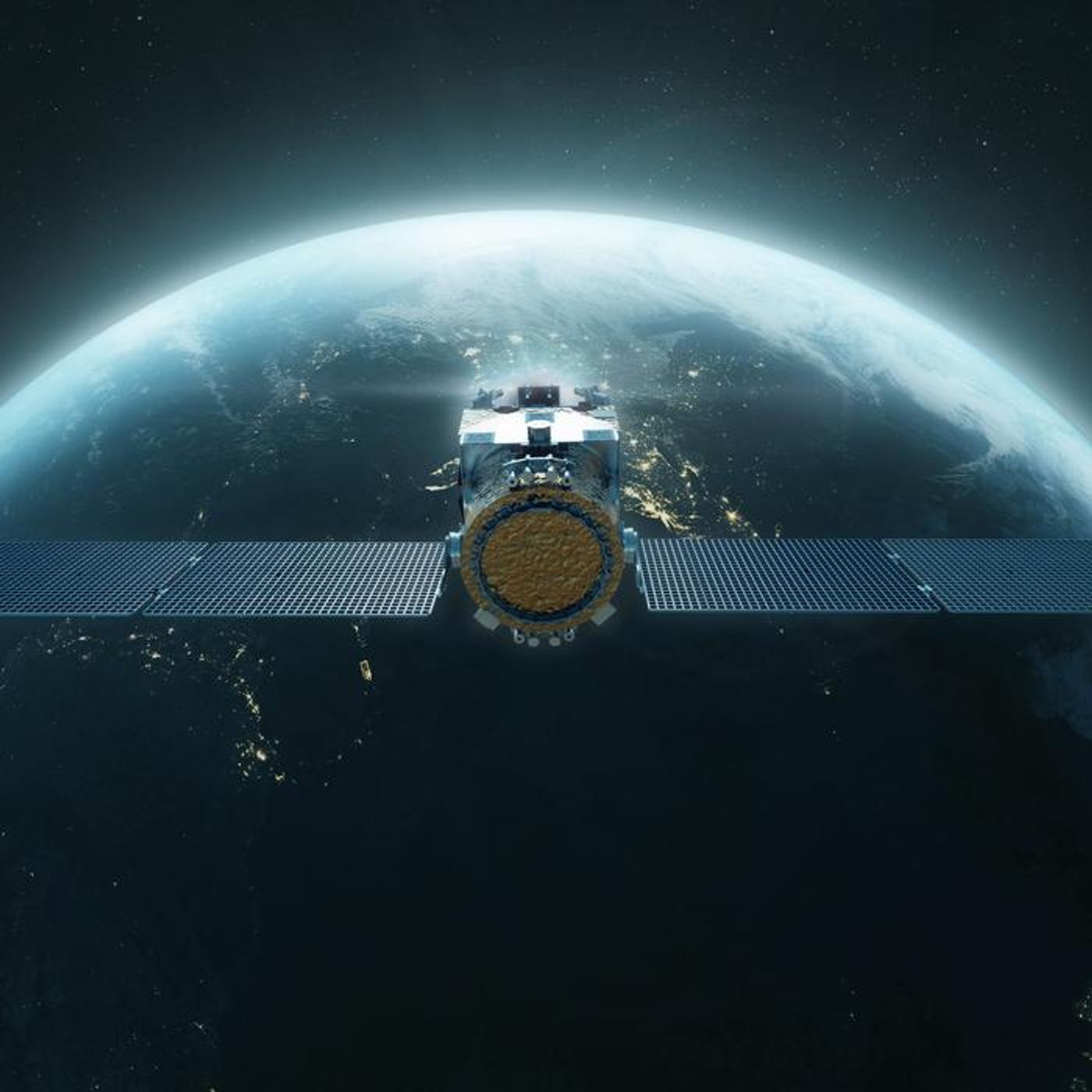The APS-R: Revolutionizing Spacecraft Refueling in Geostationary Orbit
A spacecraft’s operations last only as long as its fuel onboard. When it runs out of fuel, it’s left to drift in space, most often in Earth orbit, further adding to the countless other spacecraft orbiting as space debris. However, what if they can be refueled in orbit to preserve their lifespan? This is what the Southwest Research Institute (SwRI) hopes to achieve as they have recently received funding from the U.S. Space Force in partnership with contractor Astroscale to build and test a prototype spacecraft called the Astroscale Prototype Servicer for Refueling (APS-R) capable of conducting in-orbit refueling. This project holds the potential to help increase the lifespans of satellites while reducing the amount of space debris in Earth orbit.
Artist’s rendition of the Astroscale Prototype Servicer for Refueling (APS-R), which will be in geostationary orbit and capable of refueling other spacecraft. (Credit: Astroscale U.S.)
“Running low on fuel is a common issue for spacecraft in Earth orbit,” said SwRI Staff Engineer Steve Thompson. “When they have expended all of their fuel, their mission ends — even though the vehicle may be in otherwise excellent health. A refueling vehicle can extend those missions, and we can get additional lifetime out of spacecraft that are already in orbit.”
Using its new 74,000 square-foot Space System Spacecraft and Payload Processing Facility, SwRI will spend until summer 2025 building APS-R with the goal of the spacecraft being launch-ready by 2026. Once launched, APS-R will achieve a geostationary orbit, meaning it will permanently be fixed over one location above the Earth and orbit with the planet. Refueling operations will be possible for any spacecraft that possesses a refueling port, with APS-R using hydrazine fuel obtained from a depot that will also be in geostationary orbit.
This project comes as the European Space Agency’s Space Debris Office estimated in December 2023 that there are currently 11,500 satellites in Earth orbit, about 2,000 of which non-functional satellites. Additionally, there are approximately 35,000 debris objects currently being tracked, with models putting estimates of non-tracked space debris between 1 millimeter to 1 centimeter in the hundreds of millions.
How will the APS-R help refuel spacecraft in the coming years and decades? Only time will tell, and this is why we science!
As always, keep doing science & keep looking up!
Sources: EurekAlert!, Southwest Research Institute, European Space Agency









